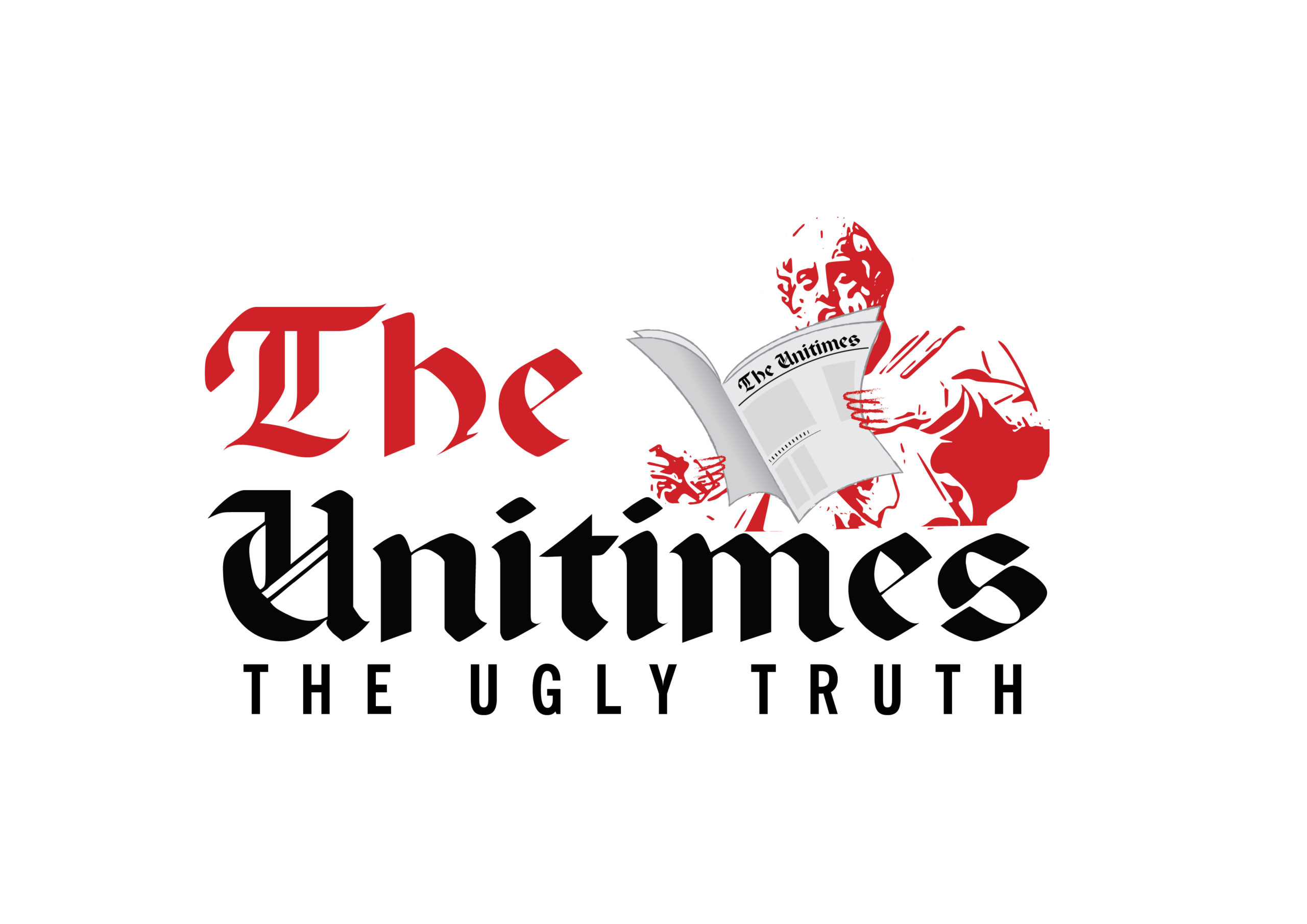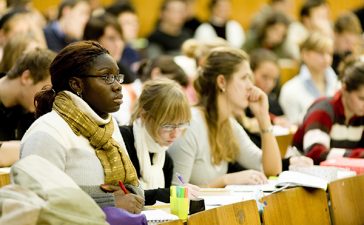While the obstacles are substantial and still growing in many cases, now is the time to identify the issues and prepare for the decisions needed in the months ahead, write Peter Schiffer and Jay Walsh.
America’s research universities have long been a source of national prosperity and tremendous intellectual progress in service of the entire world. They are continuing this legacy of service through the tragedies of the COVID-19 pandemic, and planning is now underway for how the research ecosystem at our nation’s universities will best recover and contribute in the years to come.
There are no clear best practices to mimic and no good precedents to follow. We can, however, identify the issues to be faced and prepare for decisions needed in the months ahead.
The last several weeks have demonstrated that the nation’s robust and resilient university research enterprises are capable of rising to the unprecedented challenges of our day. University researchers are providing expertise to government, industry and private citizens. University labs have pivoted to conduct impactful research into coronavirus-related diagnostics, therapeutics and vaccines, as well as medical equipment manufacturing and the fundamental science of coronaviruses. Many university labs have also donated protective gear, and they have provided testing capacity and countless other resources without regard for expense.
The university research enterprise is indeed a fundamental source of our nation’s strength and resiliency, yet the pandemic is forcing adaptations that were unimaginable a few months ago. We have connected with research leaders at some of the top research institutions in the nation to identify and explore the challenges that research operations are facing. They include:
- Social distancing requirements are nearly impossible to meet for many research areas, including most bench science and human subjects research, as well as much field and archival research. Much activity has been put on pause, with significant losses to long-running studies. The burden is falling heavily on early-career faculty, graduate students and postdocs, whose career plans are now interrupted and sometimes at risk.
- University finances are stretched, along with almost every other sector of the economy. Most corporate, philanthropic and state government research funders will also be strained in the coming months, auguring a period of constrained resources.
- The expectations of pre-pandemic research grants and contracts are often incompatible with the current situation. Audit and regulatory guidelines are not known for flexibility, putting compliance at risk.
- International activity, and especially student and postdoc recruitment, is highly inhibited by travel restrictions and increased logistical hurdles to visa processing. Our universities are accustomed to attracting and welcoming the best in the world, and that may not be possible in the coming academic year.
While the obstacles are substantial, and still growing in many cases, now is the time for planning and preparing to enter the post-pandemic era.
Hard Decisions Required
Any transition back toward full research activity will be impacted by larger societal issues: how the pandemic progresses, how effectively medical advances can fight the virus and how societal, governmental and economic expectations evolve.
Even when fuller return to work begins, the broad rejuvenation of university research will likely be staged to keep density in labs and on campuses low. Universities can expect a period of uncertainty, both economically and under the threat of possible reinstatement of social distancing measures.
That raises the question of how individual scholars, university leaders and funders should envision the ramp-up of research in the coming months. The collective goal should be a steady increase in activity toward an enterprise at the pre-pandemic levels of research productivity, with a necessary critical focus on challenges that surfaced during the pandemic. While universities traditionally promote the individual creative activity of faculty members, each step of the restart process will require coordination across entire institutions and surrounding communities to minimize health risks and conserve resources.
Planning must weigh the needs of research and researchers’ careers against the risks of infection and substantial financial costs. The decisions will necessarily vary significantly by field. For example, some computational research may not require physical proximity of researchers, allowing for a longer period of social distancing.
For other research, however, hard decisions will be required on what gets prioritized: The work most related to the pandemic or other health concerns? The work that is easiest to conduct with continued social distancing? The work with the highest scientific promise or the largest implications for technology transfer or national security? The work that most impacts the careers of graduate students, postdocs, contingent faculty and pretenure faculty members or the work that does not depend on supplies, equipment and other resources that are needed for health care during an active phase of the pandemic?
In answering such questions, university communities will need to reflect on their paramount educational mission. The engagement of graduate students, postdocs and undergraduates in research is a critical component of degree programs and the broader education of our future workforce. If a student or postdoc cannot participate fully at the lab bench, or is prevented from travel for archival or field research, their training experience will be substantially altered. Each university will have to engage in a nuanced balancing of financial costs, public health and the intertwined missions of education, knowledge creation and service. This balance will be especially important at smaller research institutions, where the financial resources for research are often especially constrained, making every aspect of restarting research even more challenging.
Beyond the researchers themselves, planning also must include the infrastructure of dedicated administrative and technical staff who support and sustain researchers and the operations of research. As one example, safety staff at many institutions may need to prepare for an expanded mission in ensuring the broad availability of personal protective equipment for all researchers and also make special arrangements to safely conduct all types of studies. Studies that involve contact with human subjects are especially complex in this regard.
In another example, university research offices and external funders are already working together to adjust expectations for current grants and contracts, and there will be a need for considerable flexibility on revised metrics as well as support for ramp-up activities. The staff members who manage sponsored awards are experiencing a substantial increase in activity from such changes — and also from the many new COVID-related funding calls.
Shared scientific facilities and services, such as large microscopes and lithography tools, as well as clinical trial support staff, have been substantially idled when not engaged in COVID research. They will need to restart, and they will almost certainly run initially at an even larger financial loss than usual as research gradually ramps up to the pre-pandemic activity levels. That will place substantial strains on university budgets or require external support for this essential part of the nation’s research infrastructure.
Finally, and critically, universities and government agencies must attend to the needs of international students and scholars. Without significant support and reassurance, many may no longer choose to join U.S. universities as part of their careers, and our nation would lose valuable talent as a result.
America’s research universities are entering a new era, requiring flexibility and innovation so that they remain an engine of prosperity and innovation for the nation and the world. Although we are all still grappling with the pandemic at this very moment, the issues for the future are becoming clear, and careful planning will make all the difference.







